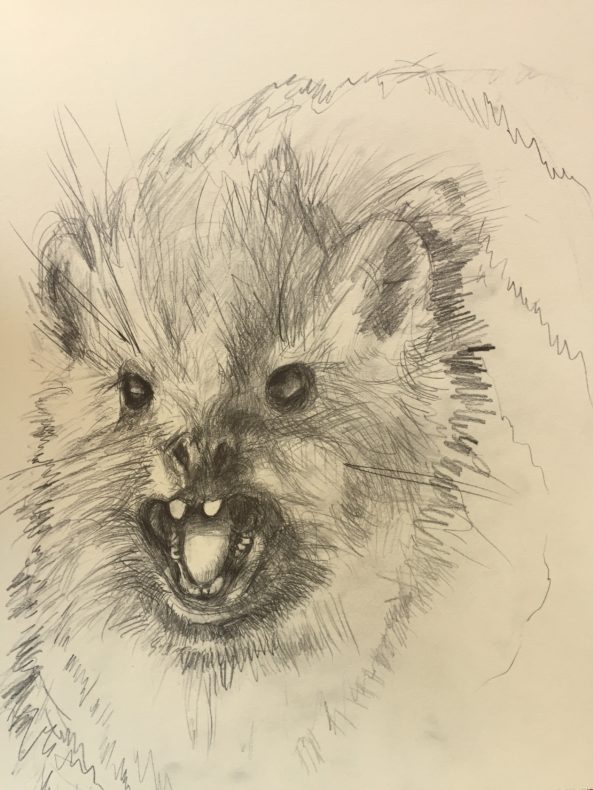
I did not plan to write about testicles this week. And I do not recommend plugging the phrase “elephant testicles” into Google’s image search engine. But I had a nagging question about the fierce little mammal sketched above, and one literature search led to another. Before I knew it I was — forgive me gentle readers — in balls-deep.
Backing up a bit: I went to visit some friends in South Africa this spring, and we spent about a week driving a popular stretch of coastline along the Indian Ocean. At nearly every rest stop we saw fat, marmot-like mammals called hyraxes — commonly known as dassies — sunning on the beach. Dozens of dassies splayed on the rocks, just out of reach of the ocean spray. Others nibbled grass or rummaged through trash cans. They weren’t aggressive, but had what my friend Lydia deemed Grumpy Old Man Face. If we got too close, they bared their tiny teeth.
Or tusks, rather. The white protuberances that emerged from beneath the dassies’ whiskers were not fangs, but incipient tusks, like the ones elephants have. As it happens, dassies are the closest living relatives of elephants, aside from dugongs and manatees. I tried to wrap my head around this strange fact by staring at diagrams of evolutionary trees on my phone in the back of the car, but it didn’t work — I just got carsick. Later, when we actually touched elephants in a center that rehabilitates them, I looked in vain for any physical signs, besides those tiny tusks, that might have inspired scientists to connect dassies and the giant, rough-skinned, flap-eared beasts. My vacation-brain let it drop. When I got home, though, the question still bothered me.
Which brings me to testicles. It turns out that one sign of the kinship between elephants and dassies is something that you cannot see —internal testes. Most mammals have evolved testicles that dangle outside the body, for reasons that are still controversial. Some say external testes keep sperm cool. Others say they allow for movements such as galloping, which would rupture or damage them, though surely they are vulnerable outside, too. Others claim that, like fancy feathers, external testicles are made for display.
Male hyraxes, elephants and sea cows all store their testes inside the abdominal wall, which some scientists interpret as a sign of shared aquatic origins, likely in the ancient Tethys Sea. This warm, shallow ocean — of which the Mediterranean is a small remnant — is thought to have been a cradle for the explosion of mammalian diversity that began 66 million years ago when dinosaurs went extinct. Why a dangling scrotal sac would be a disadvantage for aquatic mammals is not entirely clear to me, but some scientists speculate that it would cause unhelpful drag.
I failed to observe the missing testicles when I was comparing elephants and dassies, an easy mistake for the untrained eye. Were there other obvious, shared physical traits I failed to notice, aside from the dassies’ frankly unconvincing tusks? What could evolutionary biologists see that I didn’t?
Not a whole lot, I learned by talking to an evolutionary biologist this week. It took scientists until the 1990s to use genetic data to place hyraxes securely within the Paenungulate lineage, which includes elephants and seacows and belongs to the greater mammalian subgroup Afrotheria. The same line of research established a new order for other ancient African mammals, including elephant shrews, aardvarks, golden moles, and tenrecs — all of which I hope, someday, to see.
_________
Emily Underwood is a freelance science journalist and correspondent for Science, based in Coloma, California.
Hyrax sketch by the author.

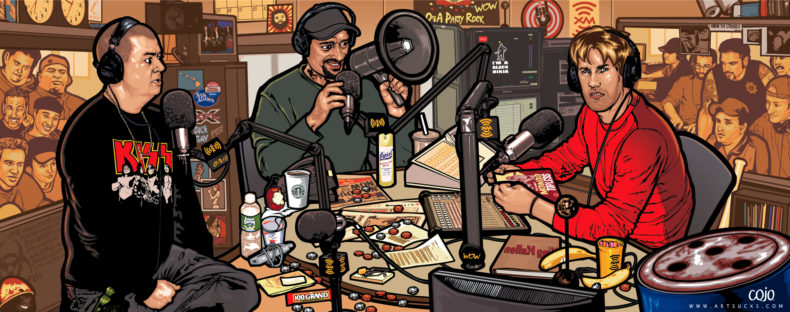
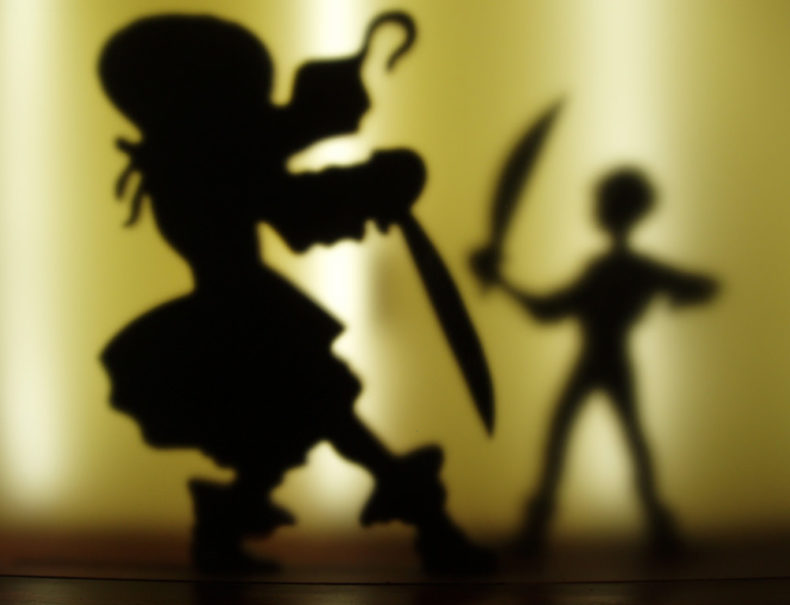
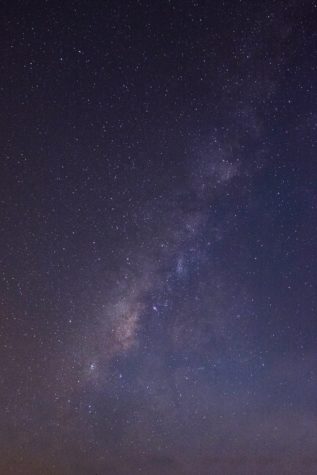 Last week, according to some real news, Earth got a wave hello from far away, from some-3-billion-year-old vibrations that were set off when two black holes smashed into each other. (Really? There’s not room for both of you up there?) According to the New York Times, the collision—reported by the
Last week, according to some real news, Earth got a wave hello from far away, from some-3-billion-year-old vibrations that were set off when two black holes smashed into each other. (Really? There’s not room for both of you up there?) According to the New York Times, the collision—reported by the 


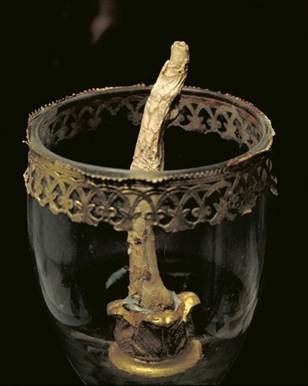 On Monday, Richard kicks off the week by
On Monday, Richard kicks off the week by